DROPPS BLOG
- Page 1 of 13
- Next
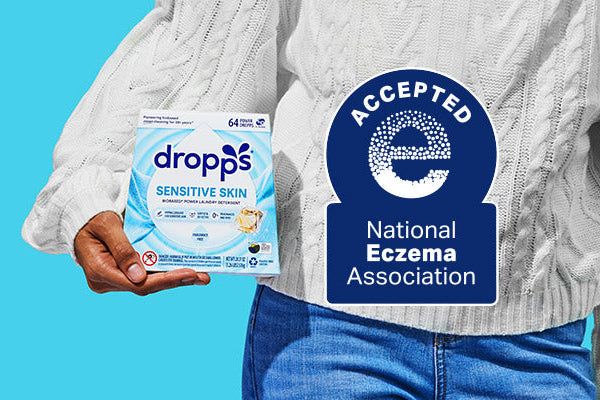
Eczema & Laundry: What You Need to Know
Estimated reading time 2 minutes
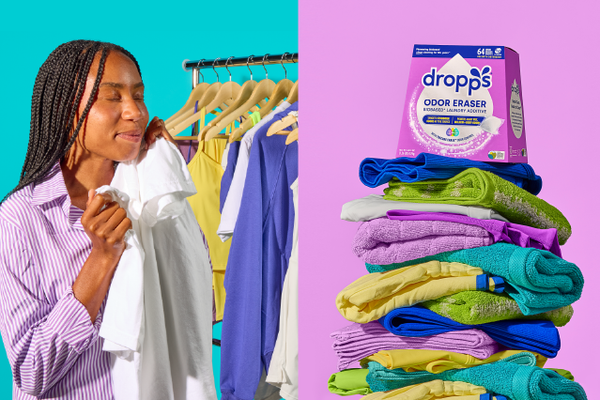
An Innovation in Odor Elimination
Estimated reading time 2 minutes
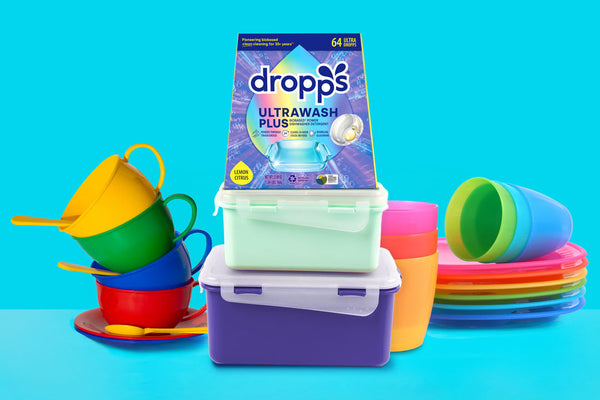
Back-to-School Lunchbox Hacks (and an Easier Cleanup)
Estimated reading time 1 minute
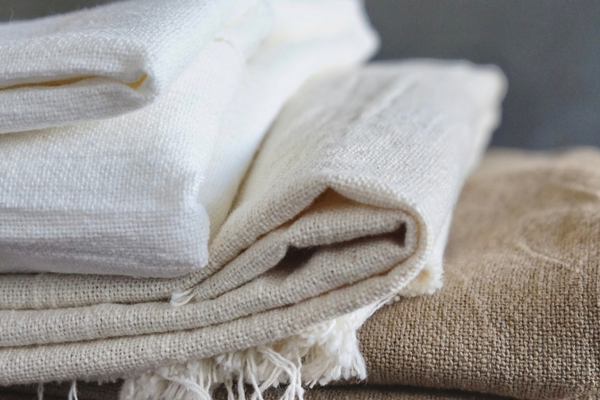
How to Wash and Care for Linen Clothing
Estimated reading time 2 minutes
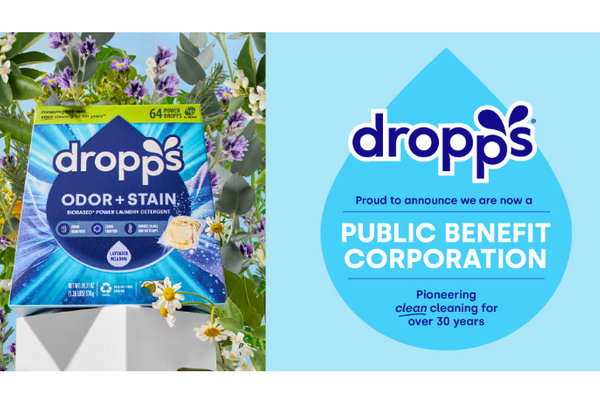
Dropps is Now Officially a Public Benefit Corporation!
Estimated reading time 1 minute
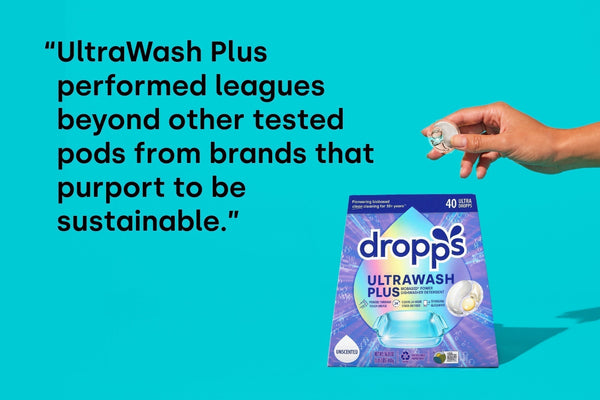
Why Wirecutter says we're a "great alternative" to the big brands
Estimated reading time 1 minute
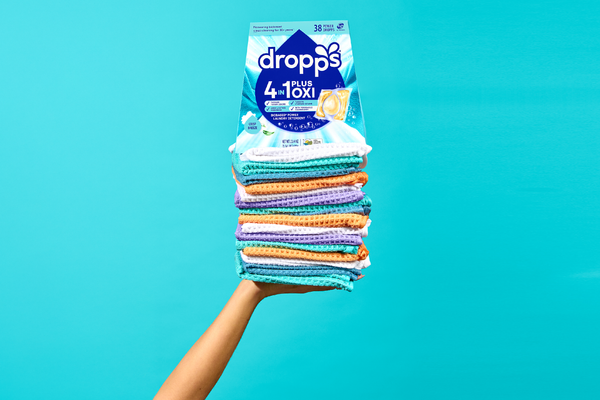
4 Smelly Laundry Odors & How to Outsmart Them with Dropps
Estimated reading time 1 minute
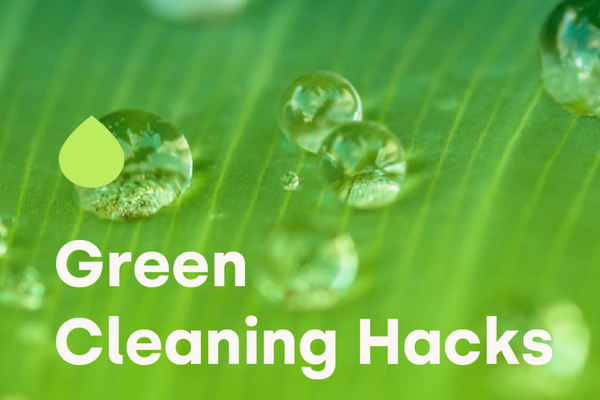
5 Green Cleaning Hacks
Estimated reading time 1 minute
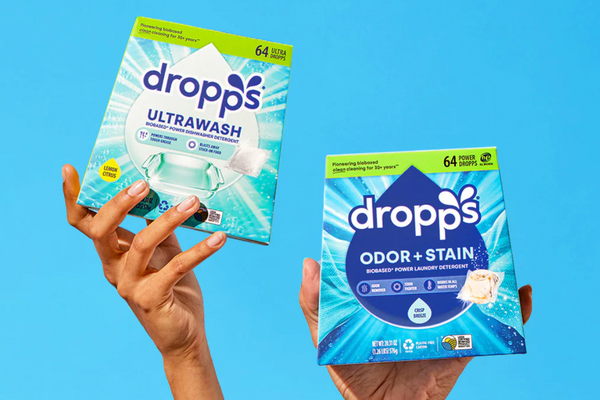
Unboxing Our New Look
Estimated reading time 4 minutes

A Closer Look at UltraWash Plus
Estimated reading time 1 minute

Dishwasher not cleaning? Why you have dirty dishes in the dishwasher
Estimated reading time 4 minutes
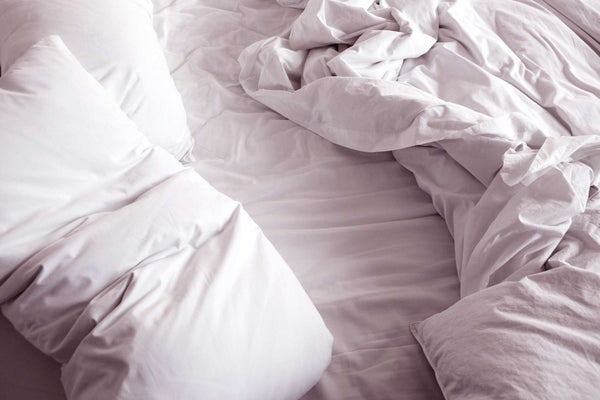
The Truth About Liquid & Sheet Fabric Softeners
Estimated reading time 1 minute
- Page 1 of 13
- Next